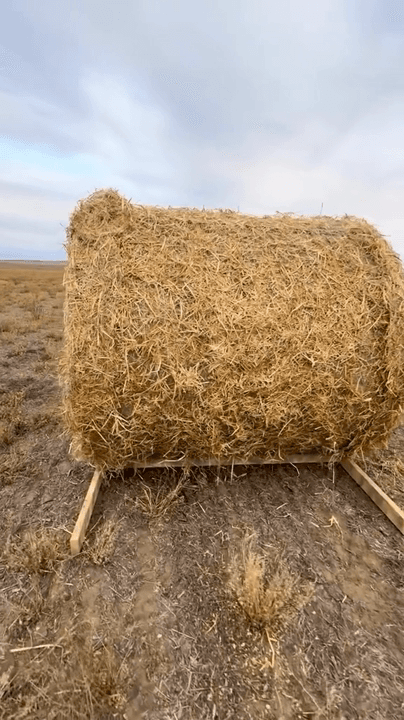
Benelli Lupo Rifle Review: Variants, Calibers, Specifications, Price, Barrel Specs. The Benelli Lupo is a bolt-action rifle that redefines what hunters and precision shooters can expect from a factory firearm. Introduced in 2020, the Lupo is Benelli’s first bolt-action rifle — a bold move from a company renowned for its shotguns like the Super Black Eagle and M4. But this isn’t just a shotgun maker dabbling in rifles. The Lupo is a purpose-built, high-performance hunting rifle packed with innovation, modularity, and Italian craftsmanship. 🔧 Design and Build Quality Benelli Lupo The Lupo features a chassis-style construction, where the barreled action is mounted to a rigid aluminum lower receiver. This design enhances accuracy and durability. The rifle includes seven patented Benelli technologies, including: • Crio-treated free-floating barrel for improved accuracy and barrel longevity • Progressive Comfort recoil reduction system built into the stock • Combtech cheek pad to reduce facial impact • Adjustable trigger (from 2.2 to 4.4 lbs) • Modular stock fit with 36 possible configurations (drop, cast, comb height, length of pull, trigger reach) The rifle is sub-MOA guaranteed with factory ammunition — meaning it can shoot groups smaller than 1 inch at 100 yards. 🔄 Variants and Finishes Benelli Lupo Benelli offers the Lupo in several configurations: • Lupo Synthetic: Matte black synthetic stock • Lupo BE.S.T.: Treated with Benelli Surface Treatment for extreme corrosion resistance • Lupo Walnut: AA-grade walnut stock for traditional aesthetics • Lupo HPR: High Precision Rifle variant for long-range shooting 🎯 Available Calibers and Barrel Specs The Lupo is chambered in a wide range of calibers to suit various hunting needs: • .243 Winchester – 22” barrel, 1:9” twist • .270 Winchester – 22” barrel, 1:10” twist • .308 Winchester – 22” barrel, 1:10” twist • .30-06 Springfield – 22” barrel, 1:11” twist • .300 Win Mag – 24” barrel, 1:10” twist • 6.5 Creedmoor – 24” barrel, 1:8” twist • 6.5 PRC – 24” barrel, 1:7.5” twist • 7mm Rem Mag – 24” barrel, 1:9.5” twist • .223 Remington – 22” barrel, 1:8” twist • 8×57 JS – 22” barrel, 1:10” twist • 6mm Creedmoor – 24” barrel, 1:9” twist All barrels are threaded (M14x1 or 5/8x24) for muzzle devices or suppressors. 📐 Technical Specifications Benelli Lupo • Action: Bolt-action, 60° throw • Bolt: Fluted, 3-lug, BE.S.T. treated • Magazine: Double-stack detachable (5 rounds standard, 4 for magnum calibers) • Safety: Tang-mounted, ambidextrous • Weight: ~7.2–7.5 lbs depending on caliber • Length of Pull: Adjustable from 13.8” to 14.75” • Overall Length: ~42–44” depending on barrel length • Stock: Synthetic or walnut, with AirTouch grip checkering • Rail: Two-piece Picatinny for optics • Warranty: 10-year limited warranty on metal parts 💰 Price Range Benelli Lupo • Standard Synthetic Models: ~$1,699 USD • BE.S.T. and Walnut Variants: ~$1,899–$2,299 USD • Lupo HPR Precision Model: ~$2,399+ USD Prices may vary by region and configuration. 🦌 Hunting Applications Benelli Lupo The Lupo is suitable for a wide range of game: • Small to medium game: .243 Win, .223 Rem • Deer, antelope, boar: .270 Win, .308 Win, 6.5 Creedmoor • Elk, moose, bear: .30-06, .300 Win Mag, 7mm Rem Mag, 6.5 PRC • Long-range hunting: 6.5 PRC, 6mm Creedmoor Its recoil reduction and ergonomic fit make it ideal for extended hunts and precision shooting. 🗣️ User Reviews: Pros and Cons Benelli Lupo Pros: • Sub-MOA accuracy with factory ammo • Excellent recoil management • Highly adjustable stock and trigger • Smooth bolt operation • Premium build quality and finish • Reliable feeding and extraction Cons: • Higher price than entry-level rifles • Limited aftermarket accessories • Magazine design may feel unconventional to some 🧠 Why Shooters Choose the Lupo Hunters and sport shooters choose the Lupo for its blend of innovation and tradition. It offers a custom-fit feel without gunsmithing, and its performance rivals rifles twice its price. Whether you’re stalking elk or shooting steel at 500 yards, the Lupo delivers consistent results. 😄 Fun Fact Benelli Lupo The Lupo’s name means “wolf” in Italian — and just like its namesake, it’s built to dominate the terrain. One reviewer joked: “It’s so accurate, I started blaming my misses on the wind — not the rifle.” 🔍 Final Verdict The Benelli Lupo is a premium bolt-action rifle that lives up to its reputation. With its advanced recoil system, modular ergonomics, and guaranteed accuracy, it’s a top-tier choice for serious hunters and marksmen. If you’re ready to invest in a rifle that adapts to you and performs in any condition, the Lupo is worth every penny.
Post: 17 July 19:25















































